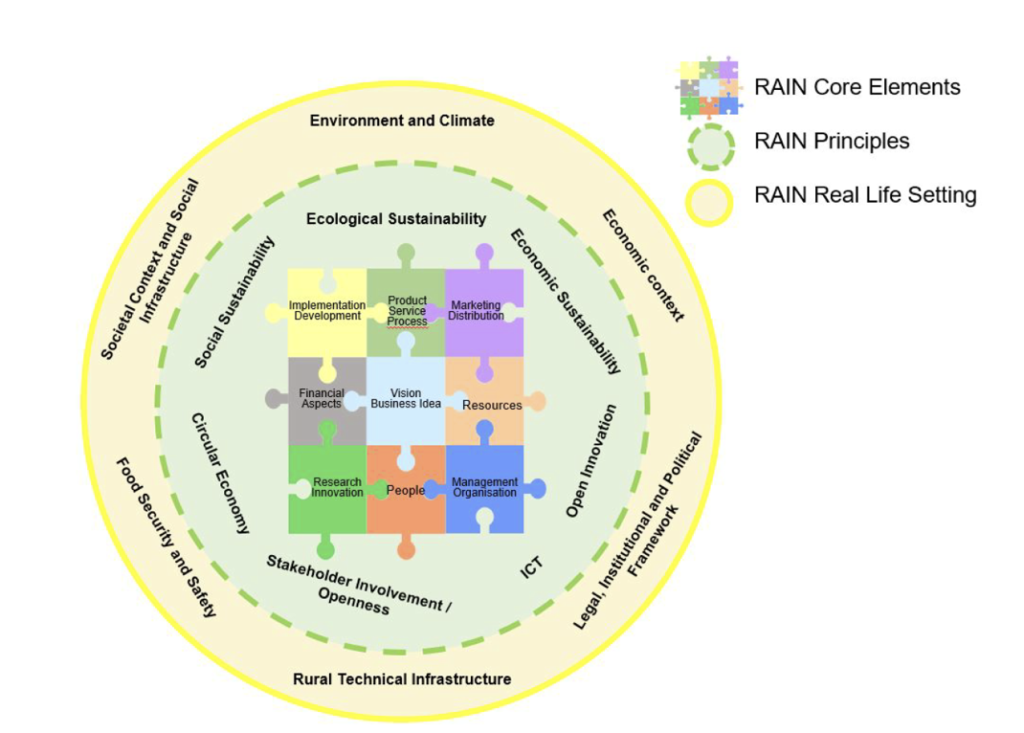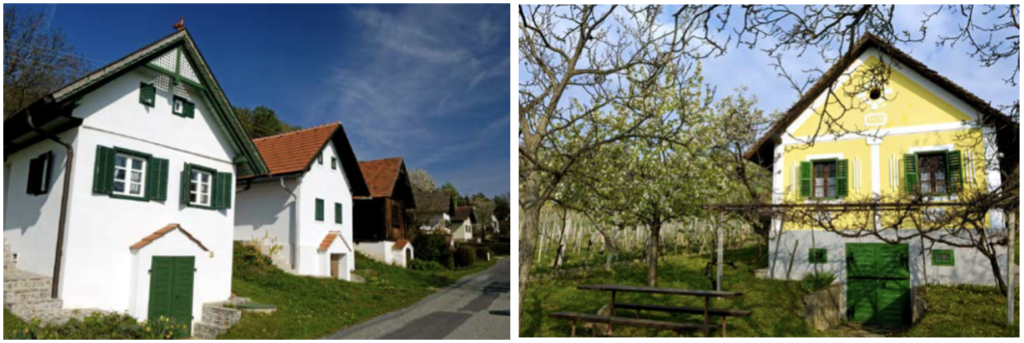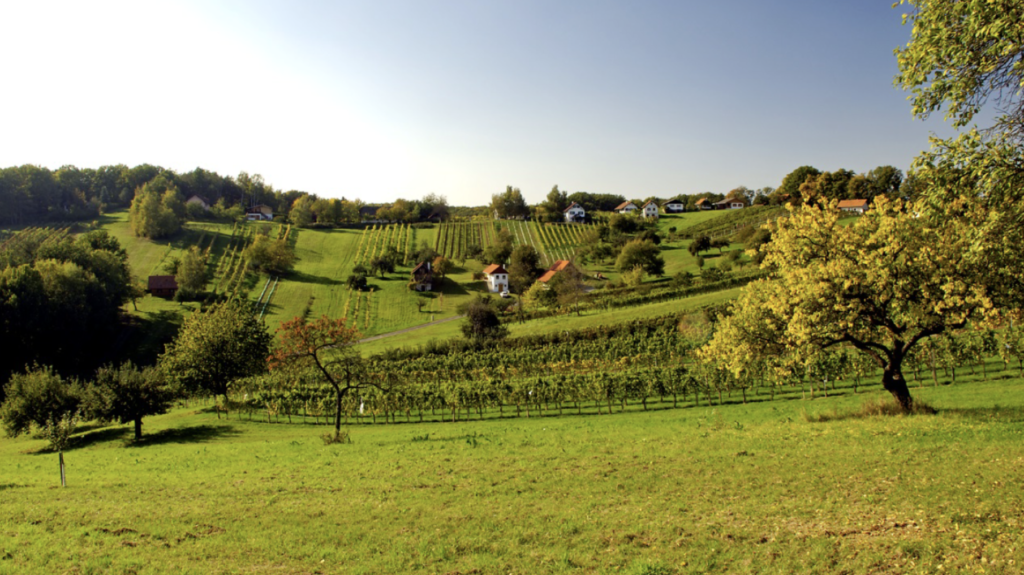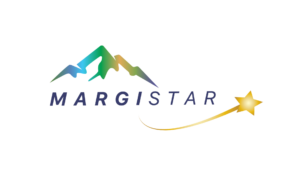By Klaus Wagner, Ingrid Machold, and Somaye Latifi (Federal Institute of Agricultural Economics, Rural and Mountain Research (BAB), Vienna)
The number of challenges that mountains face is on the rise. Over centuries, mountain residents had to find solutions to their specific challenges, creating a space in which innovation has always been highly necessity driven. Today, more than other territories, mountain areas require these innovative solutions. To transform marginalised mountainous areas towards their green, digital, and healthy futures, innovative solutions and new business models are needed to address common challenges such as limited opportunities for economic development, climate change, depopulation, and aging.
For mountain residents, innovation has become a requirement to address issues related to society, the environment, and the local economy and to achieve a good quality of life (Lostrangio, 2023). In terms of geographical barriers, technological innovations like e-learning, telemedicine, and improved infrastructure can bridge gaps in education, healthcare, and connectivity. Overall, innovation is vital in marginalised mountain areas as it fosters resilience, economic growth, environmental conservation, and improved quality of life for the communities living in these challenging terrains.
“Living Labs” facilitate the testing and implementation of innovative solutions tailored to the particular challenges faced by these areas and can play a vital role in breaking periphery traps in marginalised mountain areas by fostering innovation, community engagement, and sustainable development.
What is a Living Lab?
In the early 2000s, the Living Lab approach was coined at the Massachusetts Institute of Technology (Van Geenhuizen, 2019). Its creators defined Living Labs as “real-life test and experimentation environments that foster co-creation and open innovation among the citizens, government, industry, and academia” (European Network of Living Labs website, 2023). According to the European Commission (2008), a Living Lab is defined as “a user-driven open innovation ecosystem based on a business-citizens-government partnership which enables users to take an active part in the research, development and innovation process”.
Living Labs create a lasting stakeholder collaboration between users, policymakers, companies, and researchers and engage them in long-term partnerships (Grüneis et al., 2019). Living Labs present a collaborative and user-centred research methodology and innovation approach that integrates real-life environments for the experimentation, testing, and co-creation of solutions. They function as innovation ecosystems, fostering an environment conducive to knowledge exchange, learning, and innovation among diverse stakeholders. They also emphasise the active involvement of end-users and stakeholders in the innovation process to ensure that solutions are tailored to meet the user needs.
How can Living Labs offer innovative pathways to overcome periphery traps in marginalised mountainous areas?
The adoption of Nature-Based Solutions (NBS) with participatory approaches is on the rise. In line with these approaches, Living Labs are effective in generating practical knowledge and are recognised as crucial platforms for advancing territorial development and environmental innovations. The Living Lab concept is widely employed to collaboratively develop innovative NBS within specific societal and environmental contexts (Soini et al., 2023).
Living Labs can be applied in various fields, including urban and regional development, healthcare, and sustainability. In marginalised mountain areas, they can offer platforms to address specific challenges by co-creating and implementing solutions that are contextually relevant and sustainable, involving local communities in the process of innovation and development. Within Living Labs, stakeholders collaborate to find solutions to issues like economic diversification, sustainable development, environmental conservation, and social inclusion. They can also be used for problem-solving, community engagement, knowledge sharing, and policy development.
The application of Living Labs in marginalised mountain areas involves creating collaborative spaces where various stakeholders, including local communities, researchers, businesses, and policymakers, work together to co-create, test, and implement innovative solutions to address challenges specific to these regions. By leveraging Living Labs, stakeholders can co-create and implement sustainable solutions that address the periphery traps faced by these unique environments, fostering holistic development while considering the needs and aspirations of the local communities.
Applying the Living Lab approach to develop an innovative business model for rural regions
The EU Horizon 2020 research project LIVERUR (Living Lab Research Concept in Rural Areas) was carried out between 2018 and 2021. It aimed to expand innovative business models among rural regions with a special focus on the agricultural sector. This project applied the Living Lab concept in rural areas and improved knowledge of business models growing in rural regions. The concepts of the Living Lab and the circular economy were merged to develop an innovative business model called RAIN (RegionAl cIrcular liviNg lab business model concept). This model was theoretically developed with the involvement of all LIVERUR project partners and provided instructions for concrete implementation and testing in the pilot regions (Egartner et al., 2021).
RAIN is a new business model, designed specifically for the rural context and taking into account regional characteristics. It consists of three layers: Core Elements, Principles, and Real-Life Settings. The RAIN Core Elements, presented in the shape of a puzzle, summarize the different aspects a business model must consider. The second layer contains the RAIN Principles, which include the necessary components of the LIVERUR project, including the Living Lab approach, circular economy, and sustainability. The third layer represents the RAIN Real Life Setting, which describes the exogenous environment of a business project and is tailored to the regional specifics. Figure 1 displays RAIN and its three layers.

The starting point for the development of a business model is usually a “Vision and Business Idea.” In workshops with relevant stakeholders, the worksheets for RAIN’s Real-Life Setting are elaborated on. These include assessments of opportunities or risks in the areas of environment and climate, economic and societal context, social infrastructure, technical infrastructure in rural areas, legal, institutional, and political frameworks, and food security and safety for the respective business model. For each of the Core Elements, worksheets are available to incorporate the RAIN principles with the methodological support of the RAIN platform toolbox.
Implementing the RAIN concept in the pilot region of Southern Burgenland
In 2020, RAIN was applied in Southern Burgenland to develop a Living Lab in the region. Southern Burgenland is characterised by a small-scale agricultural economic structure. The region offers fertile ground for the implementation of the Living Lab model, with a focus on networking and integrating wide ranging stakeholders into innovation processes in the region. Under the supervision of the regional management agency, various elements of the RAIN model formed the basis for the conceptualisation of new product and service ideas.
In Southern Burgenland, small houses that were used for wine production are widespread, so-called “Kellerstöckl.” Through interactive and networking work in the various events of the Living Lab process, ideas for the revitalisation and tourist use of the regional Kellerstöckl were born, tested, and implemented. These houses were renovated and converted into vacation apartments, or the “Kellerstöckl-Weinidylle.” The implementation of this project showed how the Living Lab concept might be applied to develop new business models that are firmly anchored in the region, respond to regional needs, and link and use existing potential (Egartner et al., 2020).


What can MARGISTAR learn from the LIVERUR project?
Integrating insights and outcomes of projects like LIVERUR into the MARGISTAR project can inform policymakers about the importance of applying the Living Lab approach and guide them in the process of policymaking to combat periphery traps in marginalised mountain communities. Some key insights include:

- Encouraging innovation in traditional sectors like agriculture and forestry through Living Labs can enhance productivity, improve quality, and open new market opportunities.
- Living Labs facilitate knowledge exchange, networking, and capacity-building among different stakeholders and local communities.
- Living Lab processes encourage the active participation of communities in finding innovative solutions tailored to their specific needs and challenges and create a collaborative environment to support the dissemination of innovations within these communities.
The header image depicts Southern Burgenland, Austria and was sourced from Wirtschaftsagentur Burgenland, 2023.
References
Egartner, S., Grüneis, H., Heinschink, K., Niedermayr, J. and Wagner, K. (2021). Living Labs in ländlichen Raum, Forschung und Praxis. Factsheet 002. Wien: Bundesanstalt für Agrarwirtschaft und Bergbauernfragen. https://bab.gv.at/index.php?option=com_content&view=article&id=2104:factsheet-002-living-labs-im-laendlichen-raum-forschung-und-praxis&catid=138&lang=de&Itemid=568
Egartner, S., Grüneis, H., Heinschink, K., Niedermayr, J. and Wagner, K. (2020). The RAIN concept – Generation of the concept of regional circular Living Lab approach in rural areas. LIVERUR Project, Deliverable 4.3. https://liverur.eu/wp-content/uploads/2020/05/D4.3-The-RAIN-Concept-Generation-of-the-Concept-of-Regional-Circular-Living-Lab-Approach-in-Rural-Areas.pdf
European Commission (2008). Living Labs for user-driven open innovation, an overview of the Living Labs methodology, activities and achievements. Luxembourg: Office for Official Publications of the European Communities. doi: 10.2759/34481 https://op.europa.eu/en/publication-detail/-/publication/3f36ebab-4aaf-4cb0-aada-fe315a935eed/language-en
Grüneis, H., Egartner, S., Niedermayr, J., Heinschink, K. and Wagner, K. (2019). Living Labs – innovate business models for rural regions. Proceedings of the 9th International Scientific Conference Rural Development 2019: Research and Innovation for Bioeconomy, in Akademija, Kaunas district, Lithuania at the Vytautas Magnus University Agriculture Academy, September 26-28. doi.org/10.15544/RD.2019.068 http://doi.org/10.15544/RD.2019.068
Lostrangio, C. (2023). Over centuries, necessity drove innovation in mountains. European association of mountain areas (EUROMONTANA), Retrieved November 17, 2023, from https://www.euromontana.org/en/project/montana174/news/over-centuries-necessity-drove-innovation-in-mountains
Van Geenhuizen, M. (2019). Applying an RRI filter in key learning on urban living labs’ performance. Sustainability 11 (14), 3833: 1-16. doi.org/10.3390/su11143833 https://www.mdpi.com/2071-1050/11/14/3833
Soini, K., Anderson, C.C., Polderman, A., Teresa, C., Sisay, D., Kumar, P., Mannocchi, M., Mickovski, S., Panga, D., Pilla, F., Preuschmann, S., Sahani, J. and Tuomenvirta, H. (2023). Context matters: Co-creating nature-based solutions in rural living labs. Land Use Policy 133: 1-13. doi.org/10.1016/j.landusepol.2023.106839 https://www.sciencedirect.com/science/article/pii/S0264837723003058


